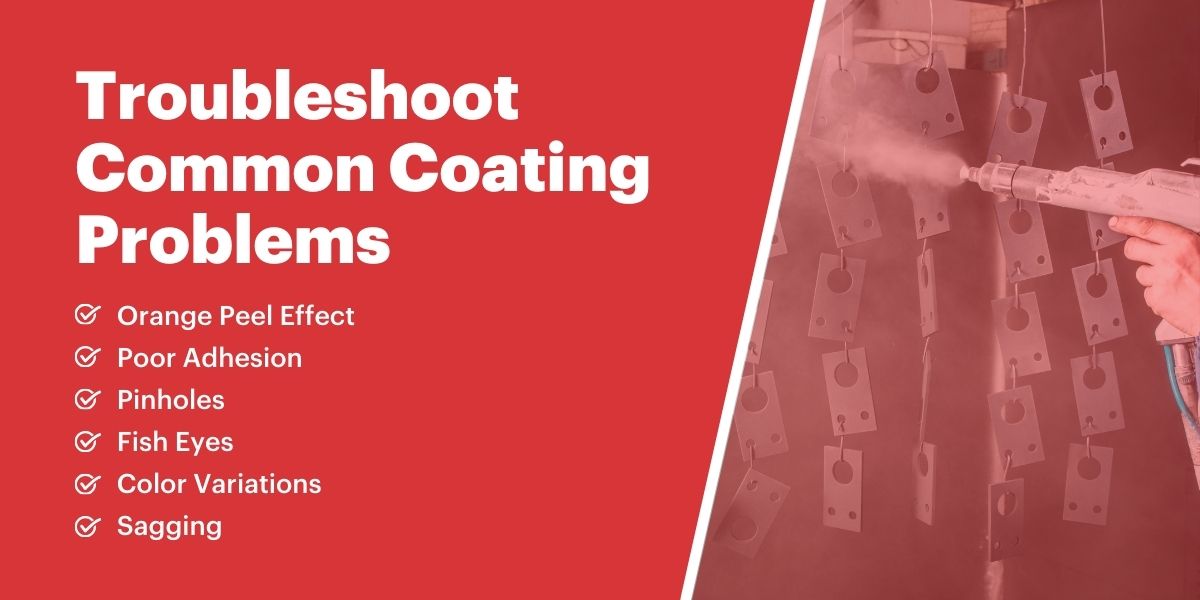Getting flawless finishes and consistent coating quality thickness In the world of surface coating, achieving a flawless finish is crucial. However, even the most advanced powder coating systems can encounter issues. Identifying and resolving these problems quickly is essential to maintaining high standards of quality. Here’s a guide to troubleshooting some of the most common coating problems.
Orange Peel Effect
Description: The surface appears textured, resembling the skin of an orange.
Causes:
- Incorrect curing temperature or time.
- Incorrect spray gun settings.
- Substrate contamination.
Solutions:
- Ensure the curing oven is operating at the correct temperature and duration.
- Adjust spray gun settings to achieve a smooth, even application.
- Clean the substrate thoroughly before coating to remove contaminants like oils, dust, and grease.
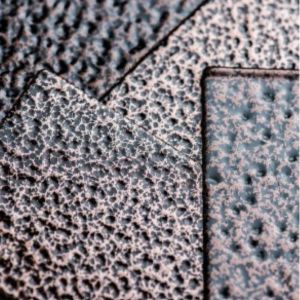
Poor Adhesion
Description: The coating does not adhere properly to the substrate, resulting in peeling or flaking.
Causes:
- Inadequate surface preparation.
- Incorrect curing process.
- Poor-quality powder.
Solutions:
- Improve surface preparation by thoroughly cleaning and possibly sanding the substrate.
- Verify the curing oven’s temperature and cycle to ensure proper adhesion.
- Use high-quality powder from reputable suppliers.
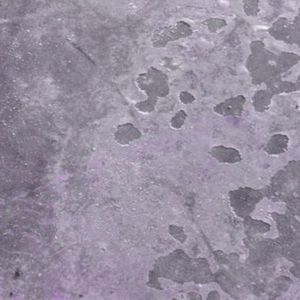
Pinholes
Description: Small holes appear in the coating, often caused by trapped air or gas.
Causes:
- Contaminants on the substrate.
- Incorrect powder thickness.
- Overbaking or underbaking.
Solutions:
- Ensure the substrate is clean and dry before application.
- Apply powder in even layers, avoiding excessive thickness.
- Adjust the curing process to the recommended parameters.
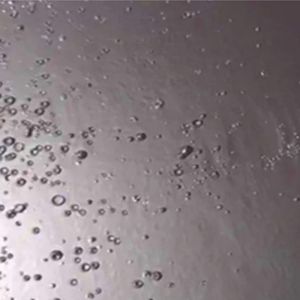
Fish Eyes
Description: Small, crater-like depressions in the coating surface.
Causes:
- Contamination from oils, silicones, or other substances.
- Inadequate cleaning of equipment or substrate.
Solutions:
- Conduct a thorough cleaning of the substrate and equipment.
- Use clean, filtered air in the spray environment.
- Avoid using any products containing silicones near the coating area.
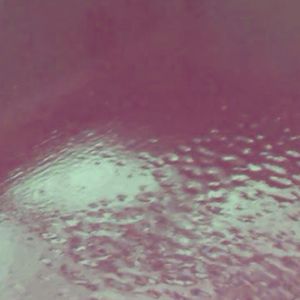
Color Variations
Description: Inconsistent color across the coated surface.
Causes:
- Improper mixing of powder batches.
- Variations in curing temperature.
- Inconsistent application thickness.
Solutions:
- Ensure powder batches are well-mixed and homogeneous.
- Maintain consistent curing temperatures throughout the process.
- Apply powder evenly to avoid thickness variations.
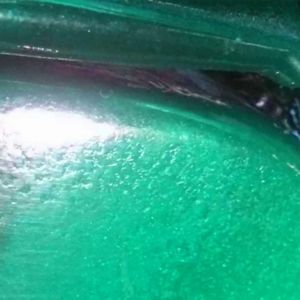
Sagging
Description: The coating appears to drip or sag, usually on vertical surfaces.
Causes:
- Excessive powder application.
- Incorrect oven temperature.
- Low-quality powder.
Solutions:
- Apply powder in thin, even coats.
- Verify and adjust the oven temperature as needed.
- Use high-quality powder designed to prevent sagging.
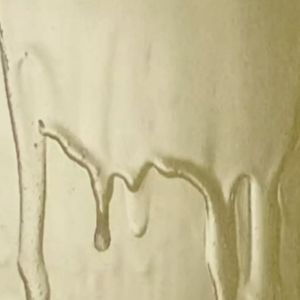
Best Practices for Troubleshooting
- Regular Maintenance: Ensure all equipment is regularly maintained and calibrated to prevent issues before they occur.
- Proper Training: Train your team thoroughly on application techniques and equipment handling.
- Consistent Monitoring: Keep a close eye on the entire coating process, from surface preparation to curing.
- Documentation: Keep detailed records of all processes and any issues encountered to identify patterns and prevent recurrence.
By understanding the root causes of common coating problems and implementing these troubleshooting techniques, you can maintain the highest quality standards in your powder coating operations. Stay tuned to our blog for more industry insights and expert tips.


